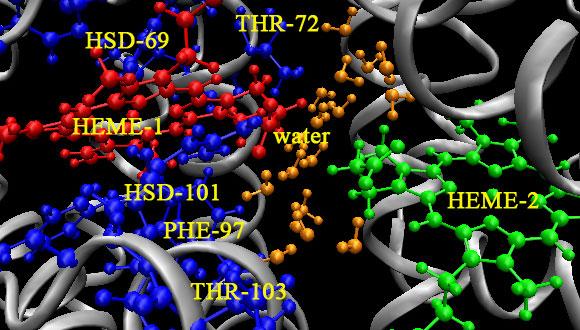Chemical Physics Seminar: The Static Glass Lengthscale at Low T
Yoav G. Pollack, Dept. of Chemical Physics, The Weizmann Institute of Science
Abstract:
The most conspicuous aspect ot the pehnomenon referred to as "the glass transition" is the dramatical increase in relaxation time of a supercooled liquid (10-14 orders of magnitude) upon a modest reduction of temperature. A major theoretical question is whether the tremedous increase in relaxation time is accompanied by an increase in a typical static lengthscale similar to critical phenomena. Standard molecular dynamisc techniques and most other protocols are limited in the available relaxation times (4-5 orders of magnitude) making it impossible to simulate a liquid cold enough to demonstrate a significant increase in legthscale. Our work [1] uses a swap Monte Carlo approach that allows us to reach un unprecedented lengthscale growth of more than 500%, associated with an increase in relaxation time of 15 orders of magnitude. It is therefore the first time that a temperature regime comparable to experiments in explored in simulation.
[1] R. Gutierrez, S. Karmakar, Y. G. Pollack and I. Procaccia, Euro. Phys. Lett. 111, 56009 (2015).


